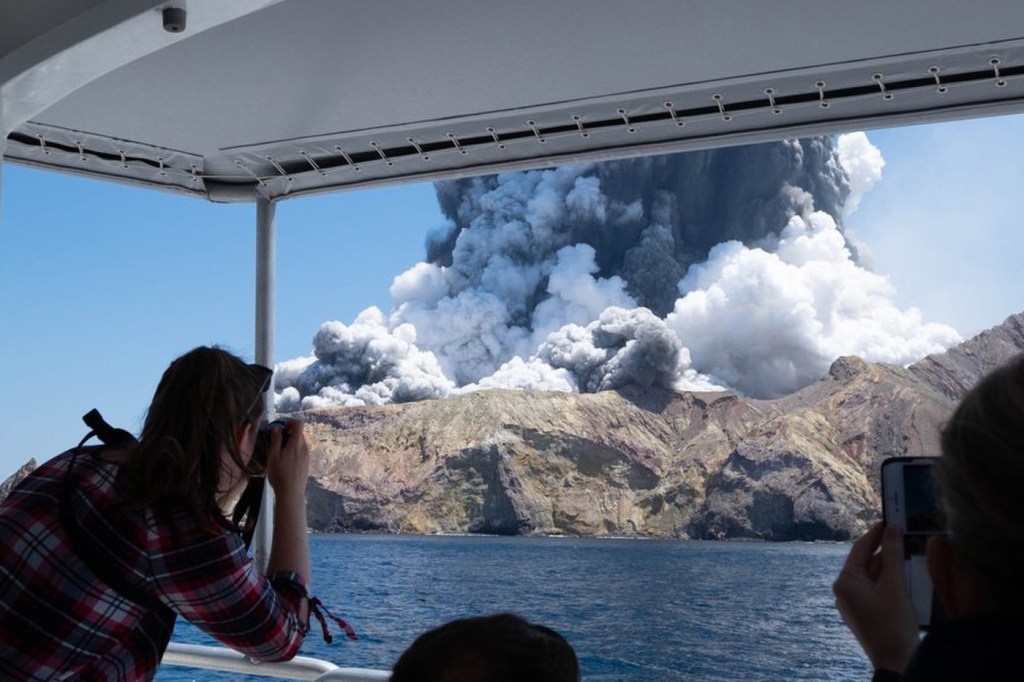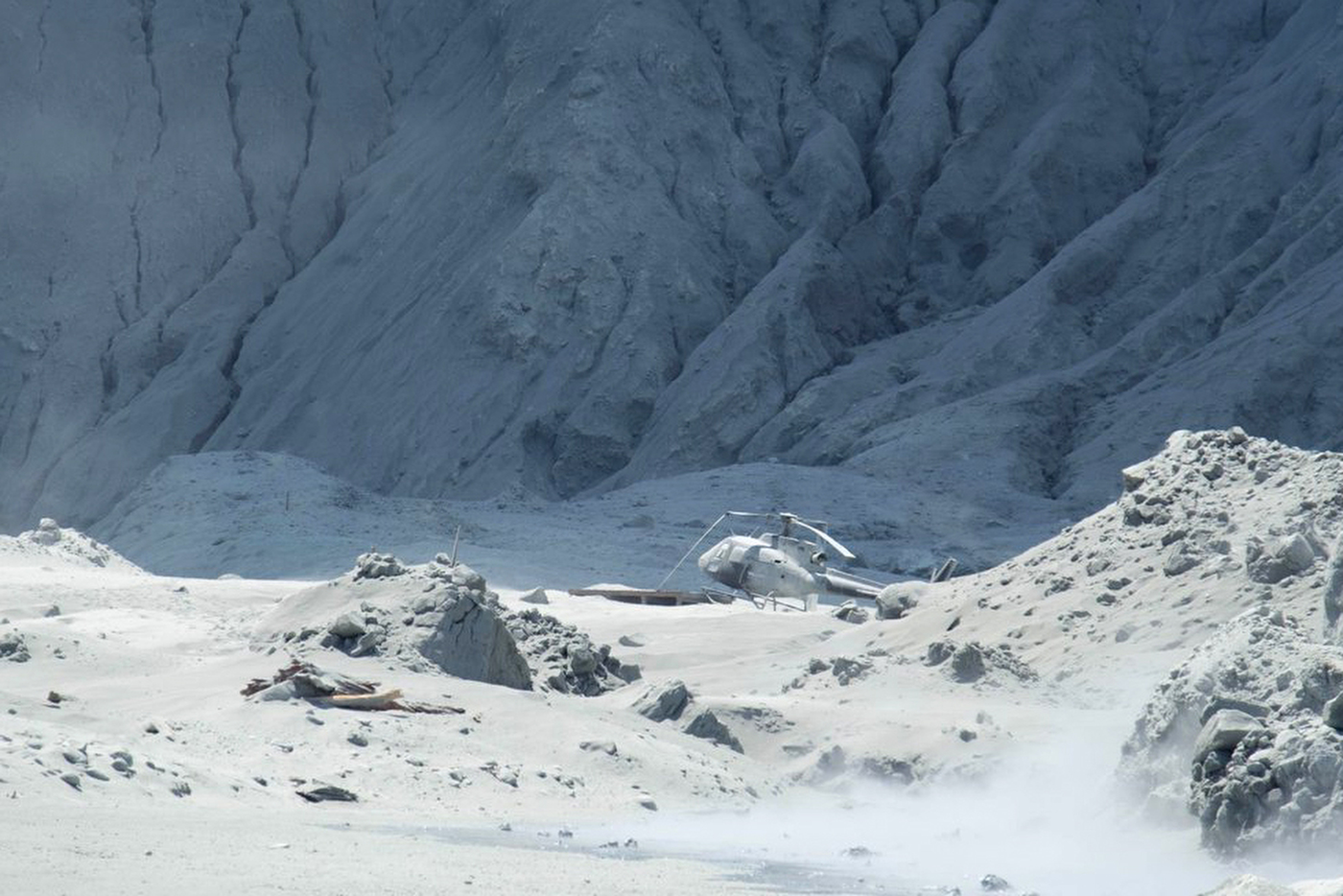Would it have been possible to predict the New Zealand volcano eruption?

The agency that monitors geological activity in New Zealand, GeoNet, had issued warnings that a volcano off the country’s North Island was showing signs of “moderate volcanic unrest” but it might not have been possible to predict that it would suddenly erupt on Monday, according to Daniel Douglass, a geologist at Northeastern.

Daniel Douglass is a Northeastern associate teaching professor of marine and environmental sciences. Photo courtesy of Daniel Douglass
Douglass, an associate teaching professor of marine and environmental sciences, cautions that it’s difficult to know for certain what happened, but says that indications of an imminent eruption “might not have shown up in the data” because it may have been too small.
At least five people were killed and dozens were injured when a volcano erupted at a popular tourist destination on White Island, off the coast of New Zealand on Monday. Police officials say several people are still missing, but that reconnaissance flights over the island early Tuesday had found “no signs of life at any point,” according to The Washington Post.
Scientists use three major indicators to monitor volcanic activity, Douglass says. Volcanologists look for gasses coming out of the vents around the volcano, evidence that magma is moving underground, and take measurements of the ground surface elevations around the volcano, he says.
The movement of magma creates seismic activity that a seismometer (the instrument that’s also used to measure earthquakes) can detect, Douglass says. And, the pooling of magma closer to the earth’s surface causes the surface to swell in a way that scientists can track, he says.
Agencies such as GeoNet use the combination of these metrics to determine the likelihood that a volcano will erupt and issue a threat level that’s usually ranked on a color-coded or numeric scale.
On Nov. 18, scientists at GeoNet raised the threat level of the volcano on White Island from a Level 1 to a Level 2 after observing the crater lake level rising and “geysering-type activity” at the edge of the lake near active vents, according to a bulletin posted by the organization.
According to bulletins posted on Nov. 25 and Dec. 3, the organization continued to monitor unrest on the island, but didn’t raise the threat level.


Scientists at GeoNet described Monday’s eruption as “an impulsive, short-lived event,” and another scientist told The New York Times that the eruption was akin to the volcano “clearing its throat.”
It could be the case, Douglass says, that a small, fast-moving eruption such as this simply didn’t appear in the data beforehand.
While warning systems for natural disasters have been effective in the past (such as the evacuation of Mount St. Helens in 1980), this wouldn’t be the first time that a fatal eruption has occurred unexpectedly. In 2014, Japan’s Mount Ontake volcano erupted without warning, trapping hundreds of nearby hikers.
For media inquiries, please contact Jessica Hair at j.hair@northeastern.edu or 617-373-5718.




